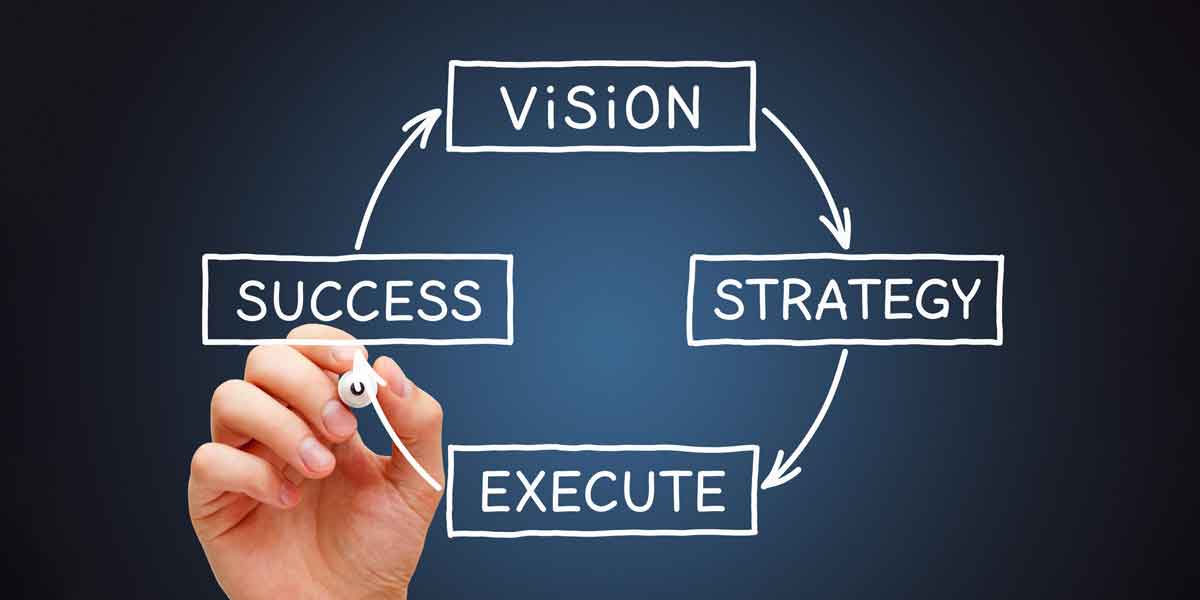The last few decades have seen a sea change in the way people work and move their careers forward. Rather than staying with one employer, the path to career advancement now often means workers moving from job to job or even starting an entirely new career. This reflects a growing dissatisfaction many workers feel with their employers; 52% of American workers do not feel they can get a good job or that their employers will help advance their careers.
Unfortunately, being “agile” and jumping from job to job is not easy for everyone. If you have significant responsibilities outside of work, a lack of credentials or experience, or other limiting factors, this can lead to you feeling stuck, a feeling that 75% of American workers experience. This feeling can be the result of many pressures, the exact makeup of which is unique to each person. A lack of energy or time to search for new opportunities, relying heavily on employer-connected benefits like health insurance, and other issues can make the thought of any change seem impossible.
Breaking out of this thinking can be difficult, but it isn’t impossible. To move forward in your career, whether it’s with your current employer or a new one, creating a professional development plan is a good place to start. Professional development plans often include three phases:
- Conduct a self-assessment.
- Set goals.
- Create a timeline and get to work.
Here are our favorite tips for how to create a professional development plan that spurs you to action.
1. Conduct a Self-Assessment
A self-assessment is a good starting point in developing a professional development plan because it encourages you to reflect about what you want, need, and where you want to go in your career. Some quick ideas for self-assessments include:
- List and document your current skills and experience, including skills you may have developed outside of work.
- Think about the compensation and benefits you seek from a job, including related components like schedule flexibility, remote work, or other considerations.
- Create an aspirational list of jobs or projects. In an ideal world, how would you want to spend your time?
- Think about your personal network: your coworkers, managers, friends, and other connections who can offer help you achieve your career goals.
Related: Career Assessments for Veterans
2. Set Goals
Setting ambitious-but-achievable goals is a critical step in creating a professional development plan, as it helps you execute your plan, stay on track, and maintain momentum. Keep in mind that your goals may shift as you move through your planning process and circumstances change. When setting goals:
- Establish short-term goals that are achievable right now or in the near future. Some examples include creating or improving your résumé, reaching out to potential connections and mentors for advice, and gathering information about what kind of education or certifications are required for your dream job.
- Create medium-term goals that may take between three to six months, such as applying to school and for financial assistance, earning certifications or taking continuing education classes, and seeking out new jobs. These goals may change according to what information you uncover in the short term.
- Finally, come up with long-term goals that go beyond six months. These will likely draw from your list of aspirations. Even if you can’t land your dream job in this time frame, this is where you can set a goal to be on a career track that will lead to it one day. Additionally, earning a degree – or going back to school – will likely be on this list due to the value of education.
3. Create a Timeline and Get to Work
It’s important to recognize that the act of creating a professional development plan should not distract you from carrying out your goals and moving forward. Setting dates to achieve goals and a establishing a structure for accountability will give you an incentive to accomplish each goal. Keep these tips in mind:
- If you’re having trouble getting started, pick the easiest and fastest of your short-term goals to complete. Like any major project, checking off the smaller to-do list items first can help you build confidence and make the larger goals seem less daunting.
- For added incentive, share your plan with someone in your life, such as a parent, significant other, friend or sibling. Creating an added level of accountability will provide you extra motivation to get started and keep going.
Related: 7 Professional Development Ideas to Boost Your Career
Achieve Your Education Goals With CSU
When the time comes to pursue your next education goal, consider enrolling in our online degree programs at Columbia Southern University. Our degree programs at the associate, bachelor’s, master’s and doctoral levels offer value and flexibility, and they’re designed for working professionals with big career aspirations.
To learn more about our online degree programs, visit our website.
Multiple factors, including prior experience, geography and degree field, affect career outcomes. CSU does not guarantee a job, promotion, salary increase, eligibility for a position, or other career growth.





